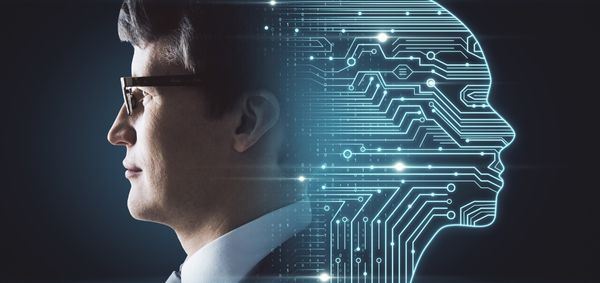
Artificial intelligence (AI) has been rapidly advancing in recent years, leading some to speculate whether AI will replace the need for UX designers. However, it is unlikely that AI will eliminate the human touch that is required for designing user-friendly products. In this blog, we explore the future of UX in the age of AI and how UX designers can leverage AI to create even better user experiences.
What is AI?
AI refers to computer systems and machines that mimic human intelligence. AI works by processing large volumes of data, recognising patterns within the data, and carrying out certain actions accordingly. AI is used to automate tasks that have traditionally been carried out by people.
Will AI eliminate the need for UX designers?
Although AI may replace some jobs in the design industry, it is unlikely to eliminate the need for UX designers. UX design is a human-centric job that requires empathy and an in-depth understanding of how people behave when using products and services. It is challenging to imagine a world where AI can replace the human touch that is required for designing user-friendly products.

(Image: A UX designer, designing a page wireframe for mobile)
How can UX designers leverage AI?
AI can be a powerful tool for UX designers to create excellent user experiences. It can help UX designers to gather and analyse large volumes of user data, enable more precise personalisation, provide users with improved customer service, automate certain aspects of the design process, and address the web accessibility gap. AI can aid UX design in the following ways:
Make it easier to gather and analyse large volumes of user data
Data and analytics play a pivotal role in the UX design process. The more data UX designers can gather and analyse, the deeper their insights will be. AI can also make it easier to handle data at scale, ultimately giving UX designers a better understanding of what users want and need.
Enabling more precise personalisation
Personalisation in UX is about providing the end user with content that’s closely tailored to their needs and interests. AI enables UX designers to adapt the product interface depending on who’s accessing it, ensuring that each individual user is presented with the most relevant information for them.
Providing users with improved customer service
Incorporating quick and effective customer support is essential to delivering a positive user experience. Chatbots are a great example of how AI can help UX designers design customer support into their product and enhance the user experience.
Automating certain aspects of the design process
AI can help to automate some aspects of the design process, such as creating colour palettes or generating design recommendations. Although UX designers will always need to rely on their unique skills and creativity, AI can lend a helping hand when it comes to some of the more routine tasks.
Helping to address the web accessibility gap
Accessibility is one of the fundamental principles of UX design. AI-powered solutions can be used to improve accessibility on a global scale by making it possible for website owners to make their sites accessible without having to alter their source code. This presents a scalable solution to the web accessibility gap and can make a huge difference in the lives of millions of people with disabilities worldwide.
The key takeaway
AI presents an opportunity for UX designers to create even better user experiences. While it may automate some aspects of the design process, it is unlikely to eliminate the need for UX designers. UX design requires the human touch, empathy, and an in-depth understanding of how people behave when using products and services. If you are thinking about hiring a UX designer, don’t let AI deter you. Human designers are still very much in demand and will continue to be for a long while yet.
If you wanted to see how AI is being utilised in our industry, we recommend reading our blog on artificial intelligence in marketing.